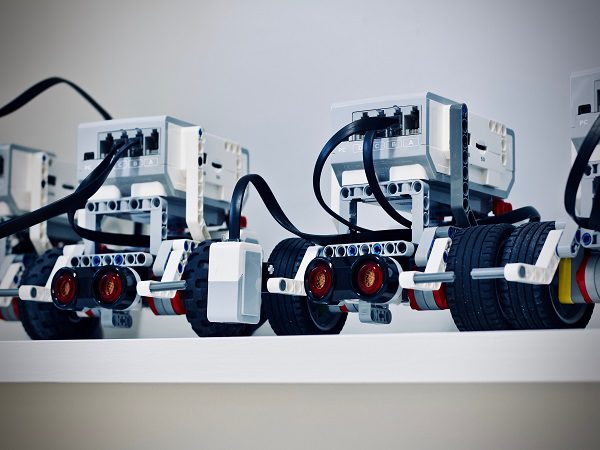The Transformation Unleashed: How Robotics and Automation Reshape the Electronics Industry

Introduction
In the fast-paced world of technology, the electronics industry stands as a dynamic frontier constantly evolving to meet the demands of innovation. One of the most significant catalysts for this transformation is the integration of robotics and automation. This groundbreaking shift is revolutionizing the way electronic devices are manufactured, impacting every facet of the industry.
The Rise of Robotics in Electronics Manufacturing:
The advent of robotics has ushered in a new era for electronics manufacturing. Automation, driven by intelligent robots, has proven to be a game-changer, enhancing efficiency, precision, and speed. From the assembly line to quality control, robots have become indispensable in ensuring the production of high-quality electronic components.
Robotics and Efficiency:
One of the primary benefits of incorporating robotics into the electronics industry is the boost in efficiency. Unlike human workers, robots can operate tirelessly around the clock, significantly reducing production times and increasing output. This not only accelerates the manufacturing process but also lowers operational costs, making electronic devices more accessible to consumers.
Precision and Quality Assurance:
In an industry where precision is paramount, robotics play a crucial role in ensuring the quality of electronic components. Automated systems can execute intricate tasks with unparalleled accuracy, minimizing errors and defects. This not only enhances the overall quality of products but also reduces waste, contributing to a more sustainable manufacturing process.
The Human-Robot Collaboration:
Contrary to the misconception that automation replaces human workers, the integration of robotics has led to a harmonious collaboration between humans and machines. While robots handle repetitive and strenuous tasks, skilled workers can focus on more complex and creative aspects of manufacturing, fostering a symbiotic relationship that optimizes productivity.
Automation in Research and Development:
Beyond manufacturing, robotics and automation have also made significant inroads into the research and development (R&D) phase of electronic devices. Automated systems can conduct experiments, analyze data, and even simulate real-world scenarios, expediting the innovation process. This accelerated R&D cycle allows companies to bring cutting-edge products to market faster than ever before.
Challenges and Solutions:
Despite the numerous advantages, the integration of robotics in the electronics industry is not without its challenges. The initial investment required for implementing automation systems can be substantial. Additionally, adapting existing manufacturing processes to accommodate robotics may pose logistical challenges. However, these obstacles are outweighed by the long-term benefits, and many companies are increasingly recognizing the need to invest in automation to stay competitive.
Transitions and Connectivity:
As the electronics industry embraces robotics, a seamless transition is taking place. From traditional manufacturing methods to state-of-the-art automated processes, the connectivity between different stages of production has never been more crucial. This interconnectedness ensures a smooth flow of operations, from design conception to the final product.
The Internet of Things (IoT) Integration:
Another transformative aspect of the impact of robotics on the electronics industry is the integration of the Internet of Things (IoT). Robotics and automation systems are becoming increasingly interconnected, creating smart factories where machines communicate and collaborate in real-time. This connectivity optimizes production processes, minimizes downtime, and allows for predictive maintenance, further enhancing efficiency.
The Future Landscape:
Looking ahead, the impact of robotics on the electronics industry is poised to intensify. As technology advances, so too will the capabilities of robots in manufacturing and R&D. Artificial intelligence (AI) will play a more significant role in decision-making processes, making automated systems even more adaptive and intelligent.
Conclusion:
The integration of robotics and automation has ushered in a new era for the electronics industry, fundamentally transforming the way electronic devices are manufactured and developed. From boosting efficiency and precision to fostering human-robot collaboration, the impact of robotics is profound and far-reaching. As the industry continues to evolve, embracing these technological advancements will be key to staying competitive and pushing the boundaries of innovation in the ever-changing landscape of electronics manufacturing.





